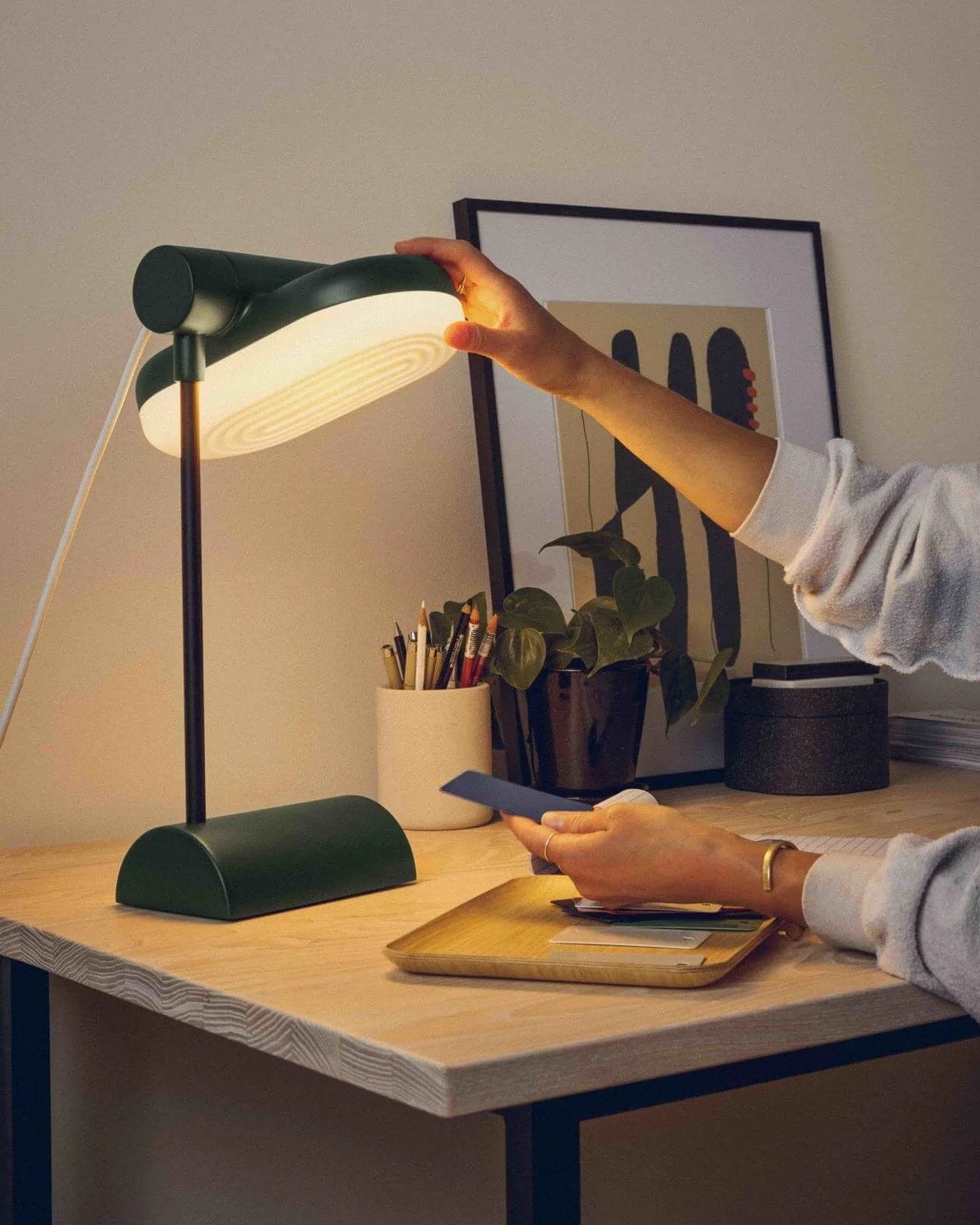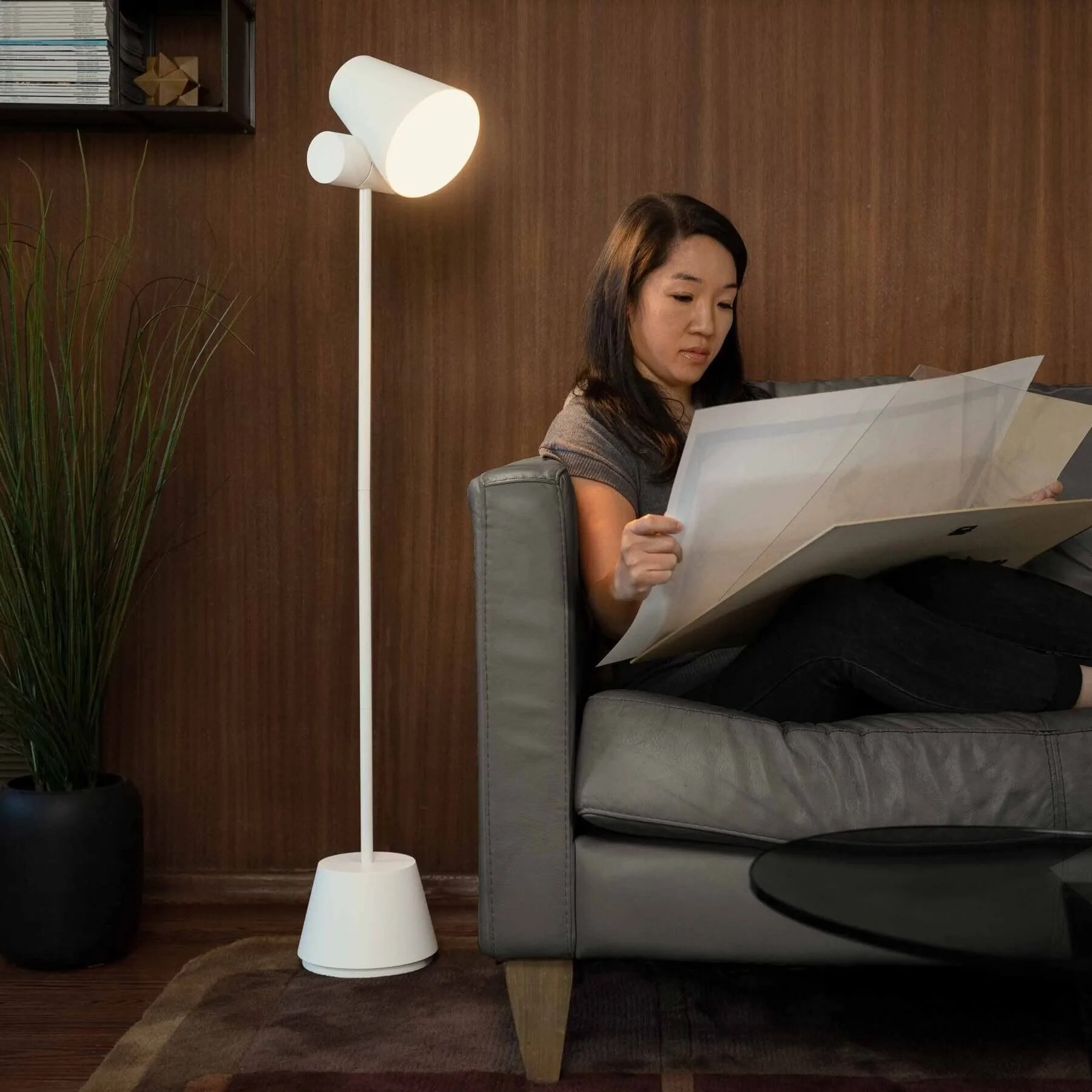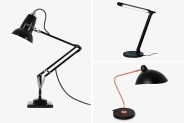There’s a lot that goes into making a living space feel homey and welcoming, and getting your lighting dialed in is right at the top of the list. There are three categories of lighting that you use every day in your home, possibly without even realizing it: ambient lighting, task lighting and accent lighting. In this guide, I’ll be going over what task lighting is and how to put it to use in your space — with some help from a few experts.
What Is Task Lighting?
While ambient lighting acts as the main light source in your home, task lighting is lighting that you use only to perform a specific task, hence the name. “Task lighting is more direct (than ambient lighting) and serves a lighting purpose,” says Sheva Knopfler, co-founder and creative director of Lights.com. “For example, bedside lighting or a desk lamp for a home office.”
 Gantri
GantriTask lighting should also be bright since its purpose is to help you better see the “task” at hand (I’m going to be using the word “task” a lot here, my apologies). Also, for this reason, it should be physically close to you. A desk lamp on the opposite side of the room from where you’re working is not task lighting in that instance because it isn’t helping you do anything.
“[Task lighting] is high lumens (illumination) concentrated in a small area,” says Michael Almodova, founder of Mavisten Edition and industry veteran of RH, Pottery Barn and Arhaus. “It’s perfect when reading a book or applying makeup in a vanity mirror, and it’s important for the light source to be closer to one’s eyes to see all the little details.”



